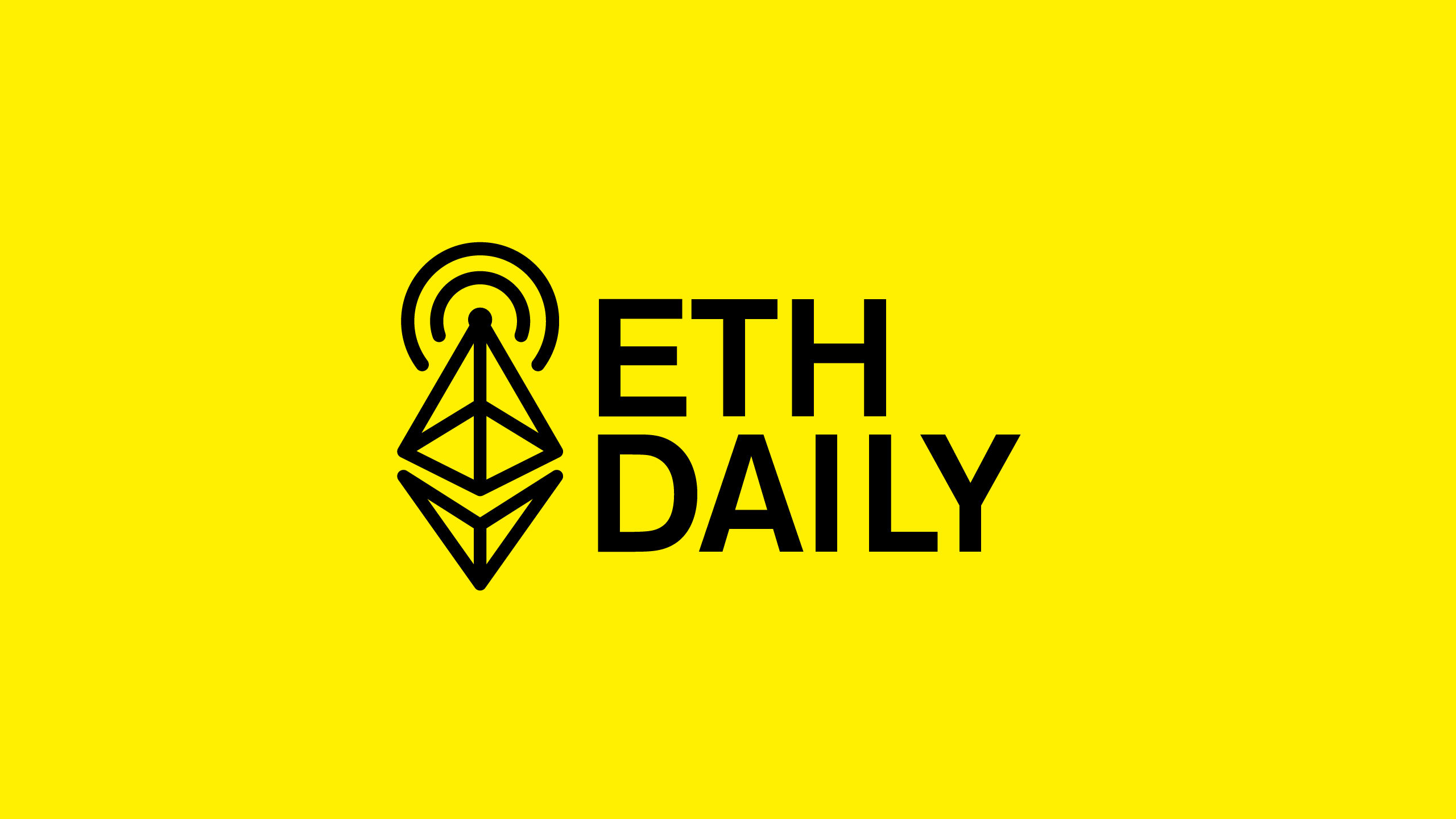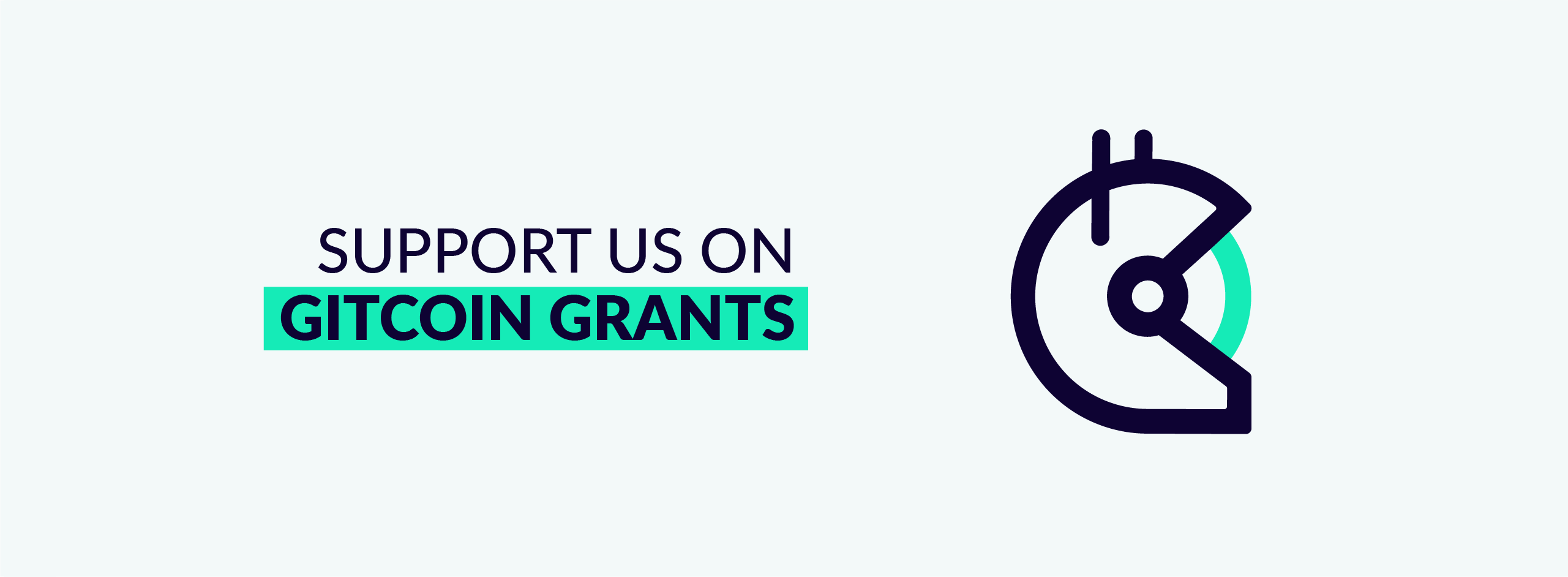Vitalik’s Three Visions For Layer 3s
Monday, September 19, 2022

Quick Take
- Vitalik Buterin publishes his vision for Layer 3s.
- LI.FI releases an Arbitrary Messaging Bridge framework.
- ENS restores the eth.link domain.
- stMATIC is now live on Aave’s Polygon V3.
Would you like to sponsor this podcast? Contact us.
Vitalik’s Three Visions For Layer 3s
Vitalik Buterin published a post on L3s, the concept of a protocol anchored onto another L2 protocol to increase scalability. Buterin states that stacking rollups on top of rollups will not work. Instead, he references StarkWare’s framework, which proposes different purposes for each layer. This can include stacking validiums on top of rollups.
Buterin proposes three visions for L3s. His first vision is to use L2 for scaling and L3 for customized functions like privacy. His second vision is to use L2 for general-purpose scaling and L3 for custom scaling. And his third vision is to use L2 for trustless scaling such as rollups and L3 for weakly-trusted scaling such as validiums.
Buterin says it's too early to define L3s and believes L2s should be used for scaling. L2s have their own transaction processing mechanism, their own internal state, and fully inherit the security of L1. Additional layers can be used for non-scaling needs such as privacy and proof aggregation.

LI.FI Arbitrary Messaging Bridge Framework
Cross-chain DEX aggregator LI.FI released a comparison framework for Arbitrary Messaging Bridges (AMB). The publication aims to help broaden the utility of cross-chain bridges beyond token transfers. Additional use cases for Arbitrary Messaging Bridges include cross-chain NFTs, governance, token launches, and contract calls.
LI.FI’s framework analyzes seven Arbitrary Messaging Bridges, including Axelar, LayerZero, Wormhole, Nomad, CelerIM, anyCall, and Hyperlane. According to the report, Axelar holds the most security audits and supports the most networks. Wormhole, Nomad, and anyCall are among the bridges that have suffered an exploit.
Over the last 30 days, CelerIM performed best in capital efficiency, followed by LayerZero and Axelar. LI.FI concludes that cross-chain messaging is still in an early phase. The oldest bridge in the report, Wormhole, has only been live since August 2021. All other Arbitrary Messaging Bridges have been live for less than eight months.

Peck Shield Releases Transaction Kill Switch
Blockchain security firm Peck Shield released Kill Switch, a self-service tool for detecting and blocking exploitation transactions before they are included in a block. Users simply select an asset and specify a loss percentage that will trigger the kill switch. Users then sign a contingency transaction to pause the protocol or withdraw funds.
Once enabled, Kill Switch will monitor the mempool for transactions that meet a triggering condition. If detected, the kill switch will execute a transaction that will front-run the exploitation. Since the tool relies on the mempool, it is possible for Flashbots transactions to go undetected. Kill Switch is currently in an experimental phase.
ENS Restores ETH.LINK Domain
ENS announced that it has restored the eth.link domain after U.S. District Judge John Tuchi issued a temporary order for the domain to be transferred back to Virgil Griffith, the original owner. The transfer comes after True Names Limited (TNL), the company behind ENS, filed a lawsuit against GoDaddy for breach of contract.
GoDaddy had reportedly sold the domain to Dynadot for $852k. ENS says users can now resume using the eth.link domain or can continue using eth.limo for accessing their ENS domain over HTTPS. Griffith’s continued ownership over the domain is not yet final as the case is still being litigated.
stMATIC Now Live On Aave
stMATIC, Lido’s liquid staking token for MATIC, is now live on Aave’s Polygon V3 market. Aave governance approved the decision to add the token back in April. stMATIC is a non-rebasing token that accrues value over time. Users can leverage their yield positions by using stMATIC collateral to borrow up to 50% in LTV. stMATIC holds a liquidation ratio of 65%.

